On April 22, 1978, the Severodvinsk Shipyard in the port city of Arkhangelsk Oblast, located in the northern part of Russia and Europe, began to build a mysterious new M-class strategic attack nuclear submarine.
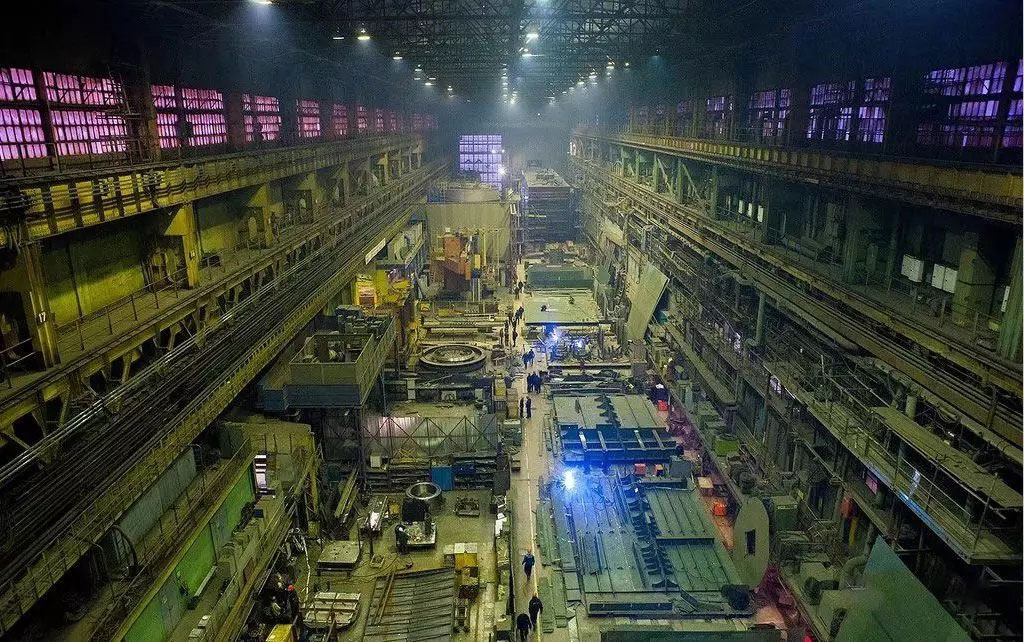 Interior view of Severodvinsk shipyard
Interior view of Severodvinsk shipyard
Code name: fin
NATO code name: Mike-class
Model: 685
Navy Number: K278
Boat name: Communist Youth League member
Water displacement: 5880 tons
Submarine displacement: 8,500 tons
Water draft: 8-9 meters
Length: 117.5 meters
Overall width: 10.7 meters
Power system: 1 190 MW K-650 b-3 pressurized water reactor, 2 45,000 horsepower steam turbines
Fuel: Uranium-235
Water speed: 14 knots
Endurance: nuclear endurance
Self-sustainability: 50 days
Crew: 69 people
Weapons and equipment: 6 533mm torpedoes, equipped with 53-65/53-65k torpedoes, missile RPK-2 anti-ship missile
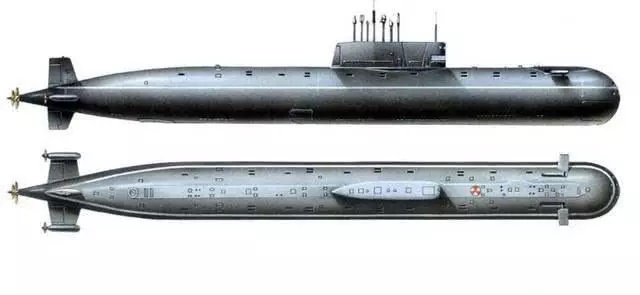
"Deep Sea Monster" (K278) PS image
The boat adopts a double-layer shell structure design, and creatively adds the rarefied and refractory metal “rhenium” to the “space metal” titanium alloy to make the submarine shell. The emergence of the K278 strategic nuclear submarine once again demonstrated to the world the manufacturing capabilities of the "battle nation" in the military industry. At that time, in order to produce the world's strongest strategic nuclear submarine, the former Soviet Union did not hesitate to pay for it. It is important to know that the global annual output of metal rhenium was only one to twenty tons.
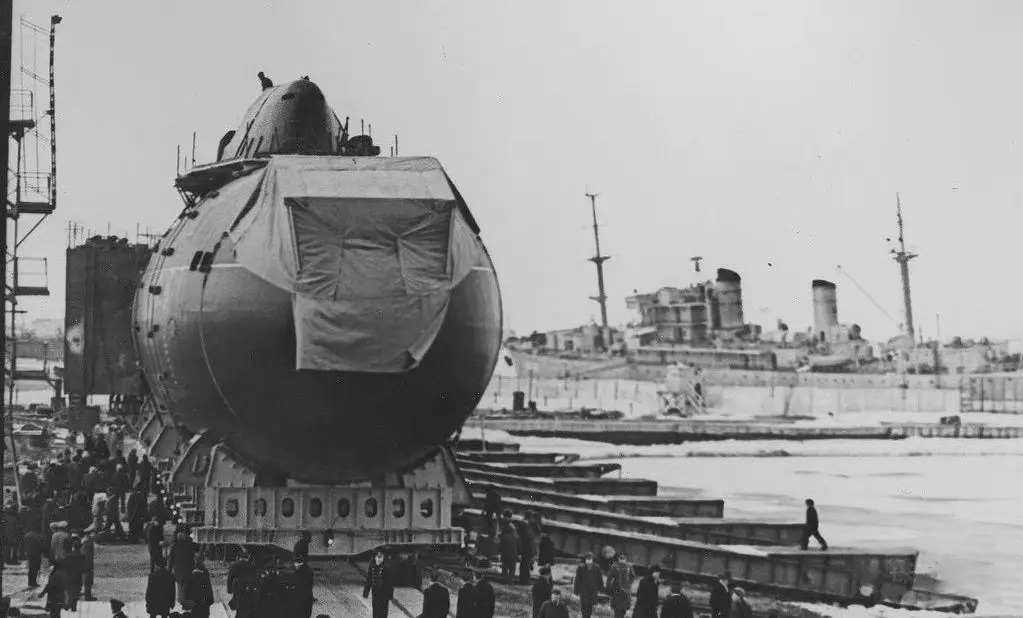
The "deep sea monster" ready to launch
This nuclear submarine can resist the huge pressure of sea water at a depth of more than 1,000 meters, which is equivalent to more than 100 standard atmospheres. The maximum maximum diving depth is an astonishing 1250 meters, while the US military deep-water torpedo at the time was only 800 meters deep.
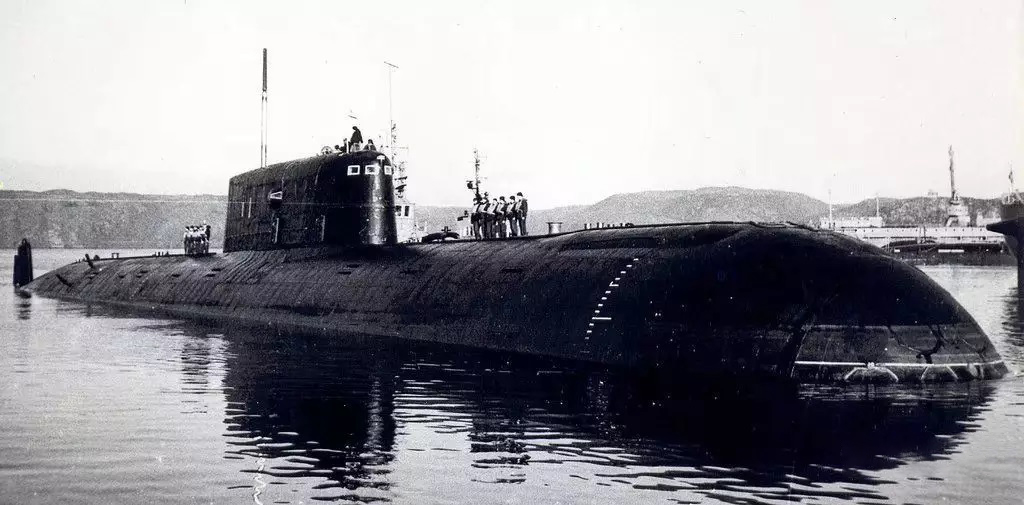
"Deep Sea Monster" after service
It is conceivable that such a super weapon has extremely high survivability in the deep sea. However, on April 7, 1989, after nearly 6 years of service, the submarine "Komsomol" sank due to a fire accident. The Balun Sea of the Arctic Ocean is an icy seabed of 1685 meters at 73°40ˊ north latitude and 13°30ˊ east longitude. The accident resulted in the death of 42 crew members including Captain Vanin, and 27 people were rescued. It is a pity that such a deep-sea monster has only produced one, but the world record for the deepest dive of a strategic attack nuclear submarine created by it remains to this day.
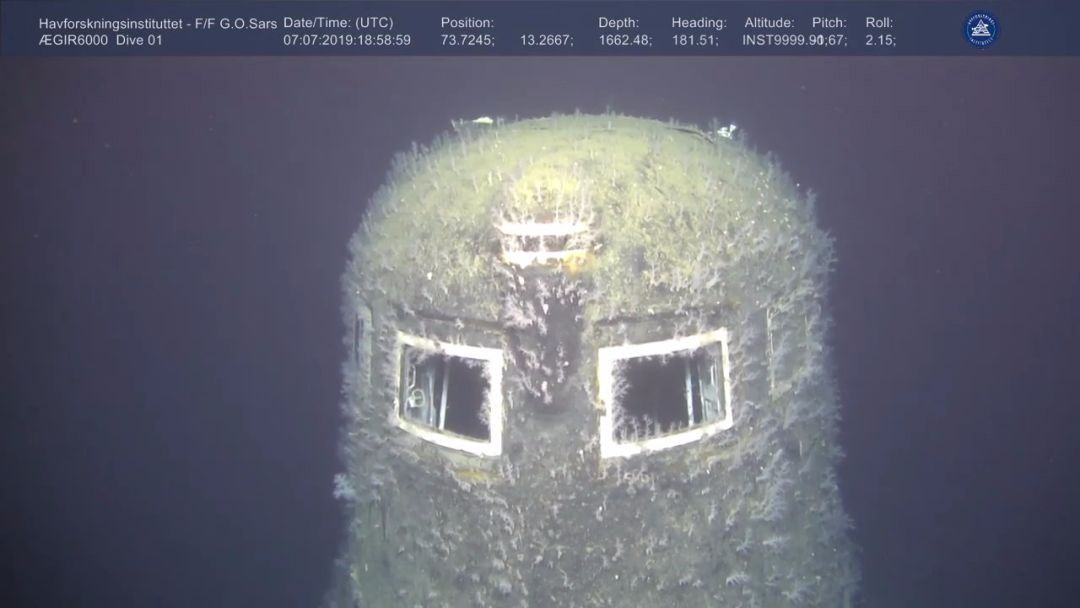
"Deep Sea Monster" after sinking
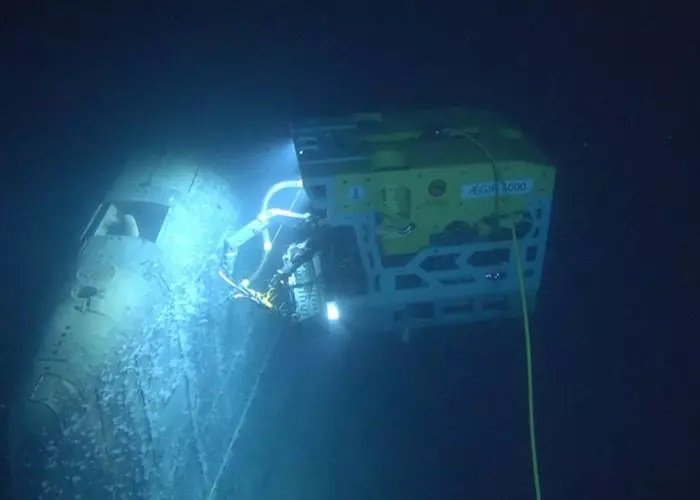
The underwater robot detects the sinking "deep sea monster"
The extreme service environment of the "deep sea monster" puts forward harsh limit requirements on many materials, among which the creative application of titanium rhenium alloy provides inspiration for future materials science experts. The light weight, high strength, and corrosion resistance of the metal "titanium", and the super strengthening effect of the battle metal "rhenium" added to the alloy, the term "like a tiger with wings" to describe this new material cannot be more beautiful. It is believed that in many other fields of science and technology in the future, such as low-altitude aircraft, super high-speed rail, aviation, aerospace, deep-sea exploration, etc., titanium rhenium alloy will receive more and more attention and development and application.
 Deutsch
Deutsch Español
Español Français
Français Italiano
Italiano Português
Português Pусский
Pусский العربية
العربية
